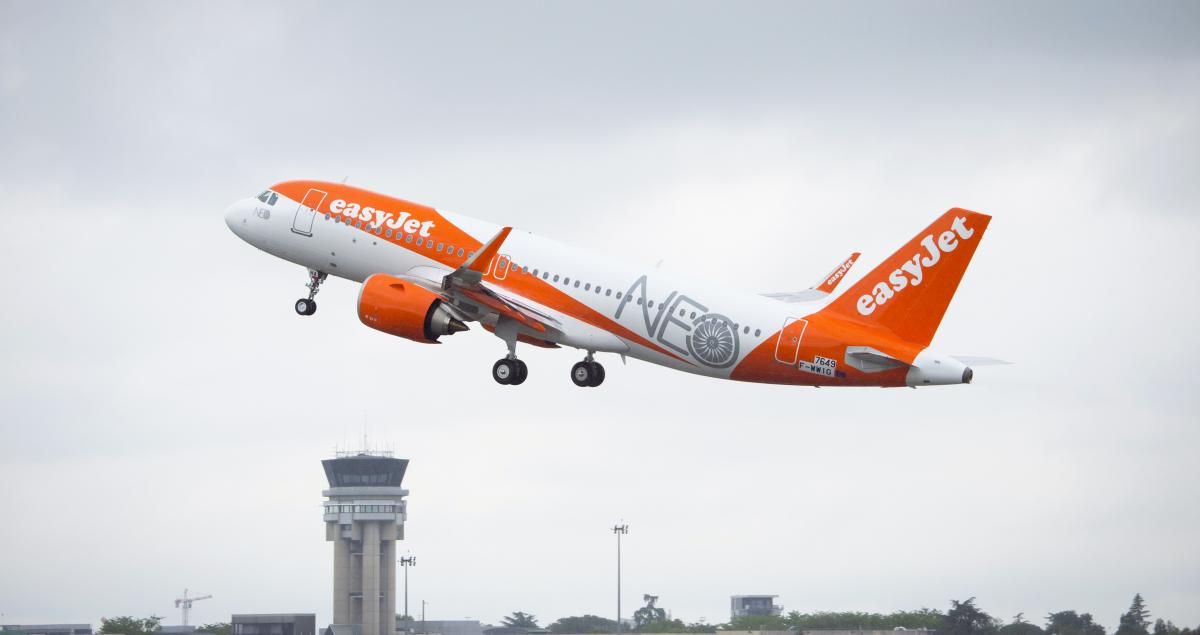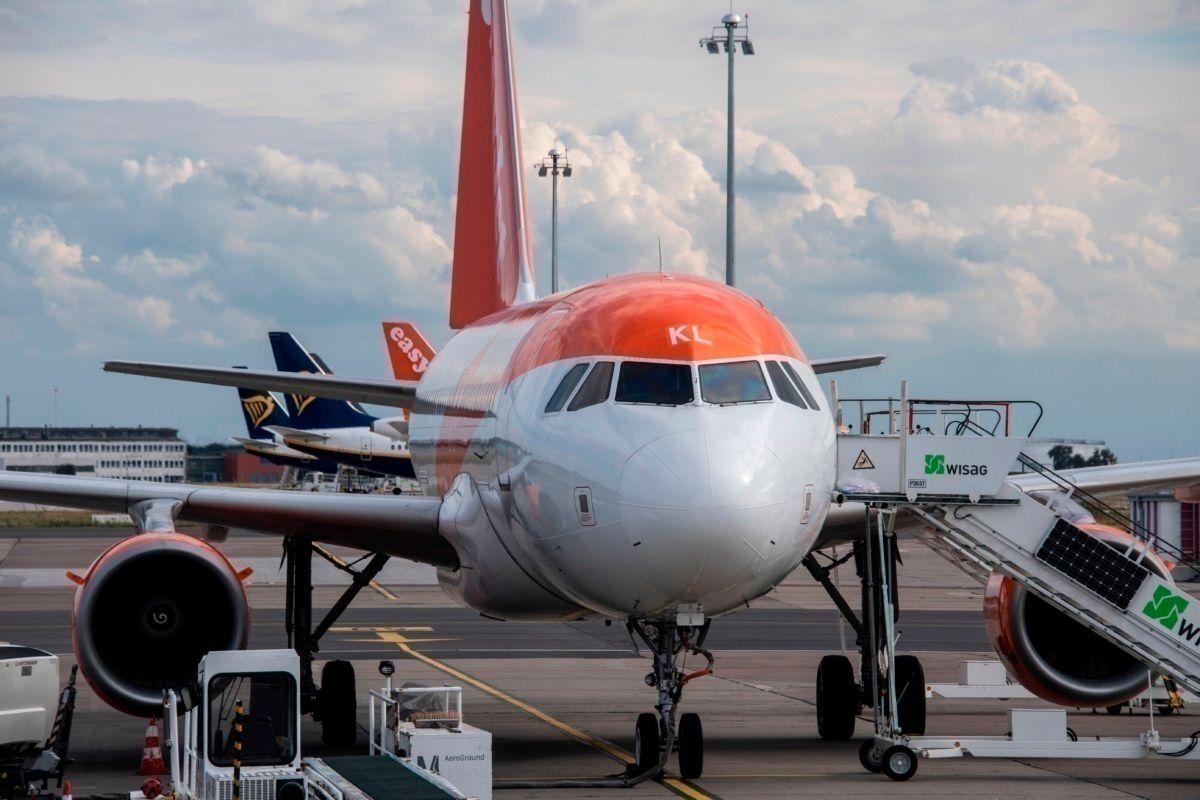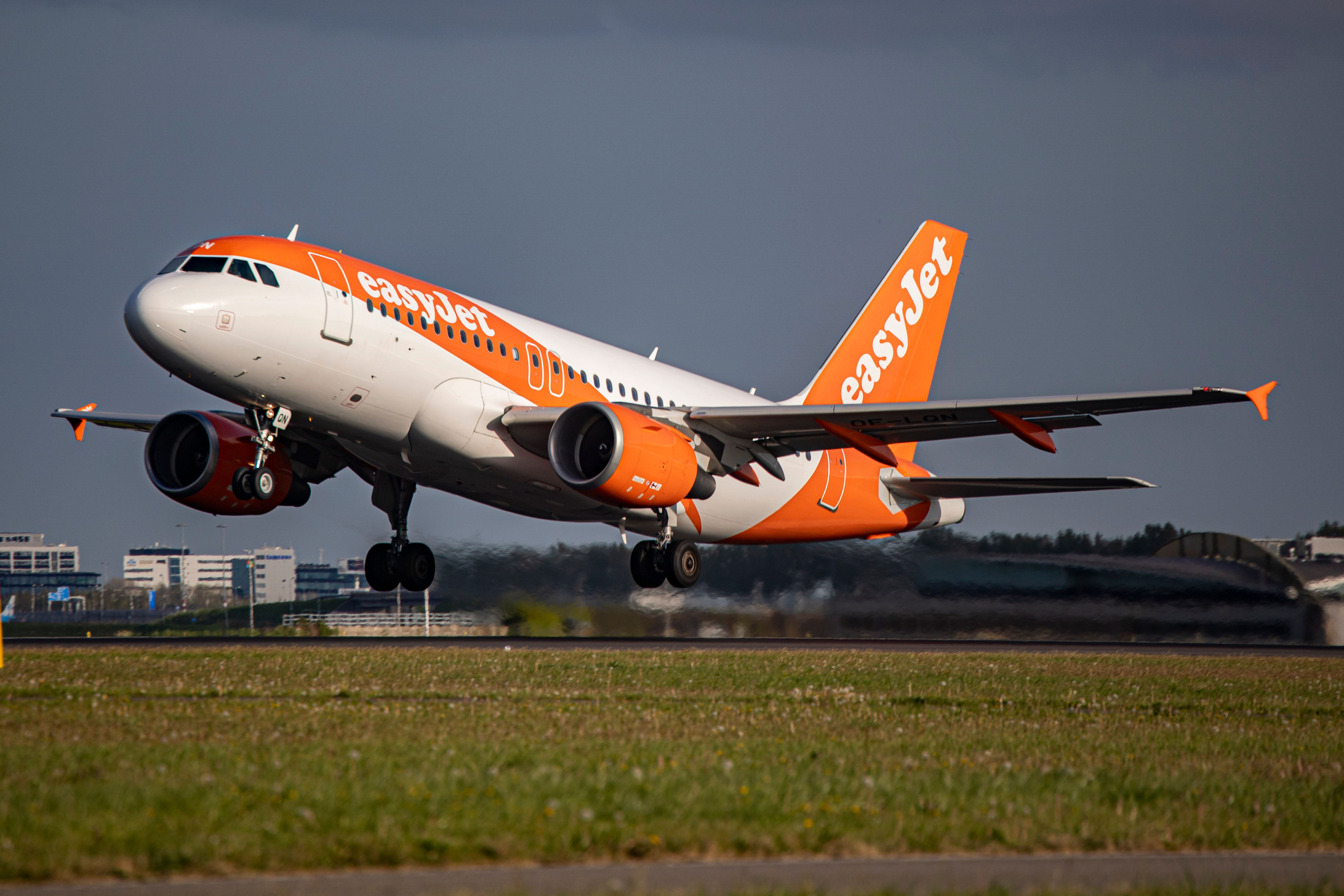As has frequently been repeated, there is no such thing as a silver bullet when it comes to decarbonizing aviation and reducing emissions. However, there are many avenues that are already available today for airlines to conduct more sustainable operations. UK-based low-cost carrier easyJet announced on Tuesday it had joined mobile satellite communications firm Inmarsat and the European Space Agency (ESA) to help further reduce aviation's CO2 emissions.
As the Iris program's first airline partner, easyJet will help evaluate Inmarsat's next-generation communication technology for air traffic control (ATC). The idea behind the program is to minimize flight delays, save fuel and help reduce the environmental impact of air travel through the improvement of the management of air traffic and route optimization.
The evaluation will be done on 11 of easyJet's newest Airbus A320neo aircraft in commercial operations from November this year. Hugh McConnellogue, Director of Airport Operations & Navigation at easyJet, said:
“Iris is paving the way for more efficient air traffic management, which is a crucial step forward for the aviation industry. The Iris programme brings multiple benefits, from helping us to achieve our environmental goals by further reducing our carbon emissions from flying, to providing a better experience for our passengers. We’re excited to be leading in this space, setting the standard for the aviation industry and hope to see more airlines follow suit.”
Immediate emission cuts to be had?
Inmarsat leads the Iris program in collaboration with the European Space Agency and Airbus. It is a key component of the airline industry's modernization, digitalization, and optimization. Furthermore, the program supports the Single European Sky’s ATM Research (SESAR) master plan for next-generation air traffic management.
According to research, implementing a single European sky could cut aviation emissions by 10% in one go. For easyJet's network specifically, that number is as high as 15%, according to the airline's CEO Johan Lundgren.
Until new propulsion technologies mature and are produced at a sufficient scale, efficiency enhancement of current aircraft is one of the greatest tools for reducing the industry's emissions. Today's narrowbodies are over 15% more fuel-efficient than the previous generations. Optimizing operations such as route planning along with initiatives such as adjusting single-engine taxiing on arrival and departure or using advanced weather information can all help cut aviation's climate impact further.
The latest in a long line of partnerships
easyJet has been particularly active in forming partnerships across the aviation sustainability stakeholder spectrum. This includes companies working with a broad range of technologies such as Airbus, GKN Aerospace, Cranfield Aerospace Solutions, and Wright Electric. Furthermore, the airline has participated in a trial program together with Bristol Airport in the UK aimed at decarbonizing ground operations. Overall, easyJet has set a science-based target to reduce emissions by 35% by 2035.
Do you think the Single European Sky will happen? How else would you like to see airlines work towards cutting emissions? Leave a comment below and share your thoughts.



.jpeg)
